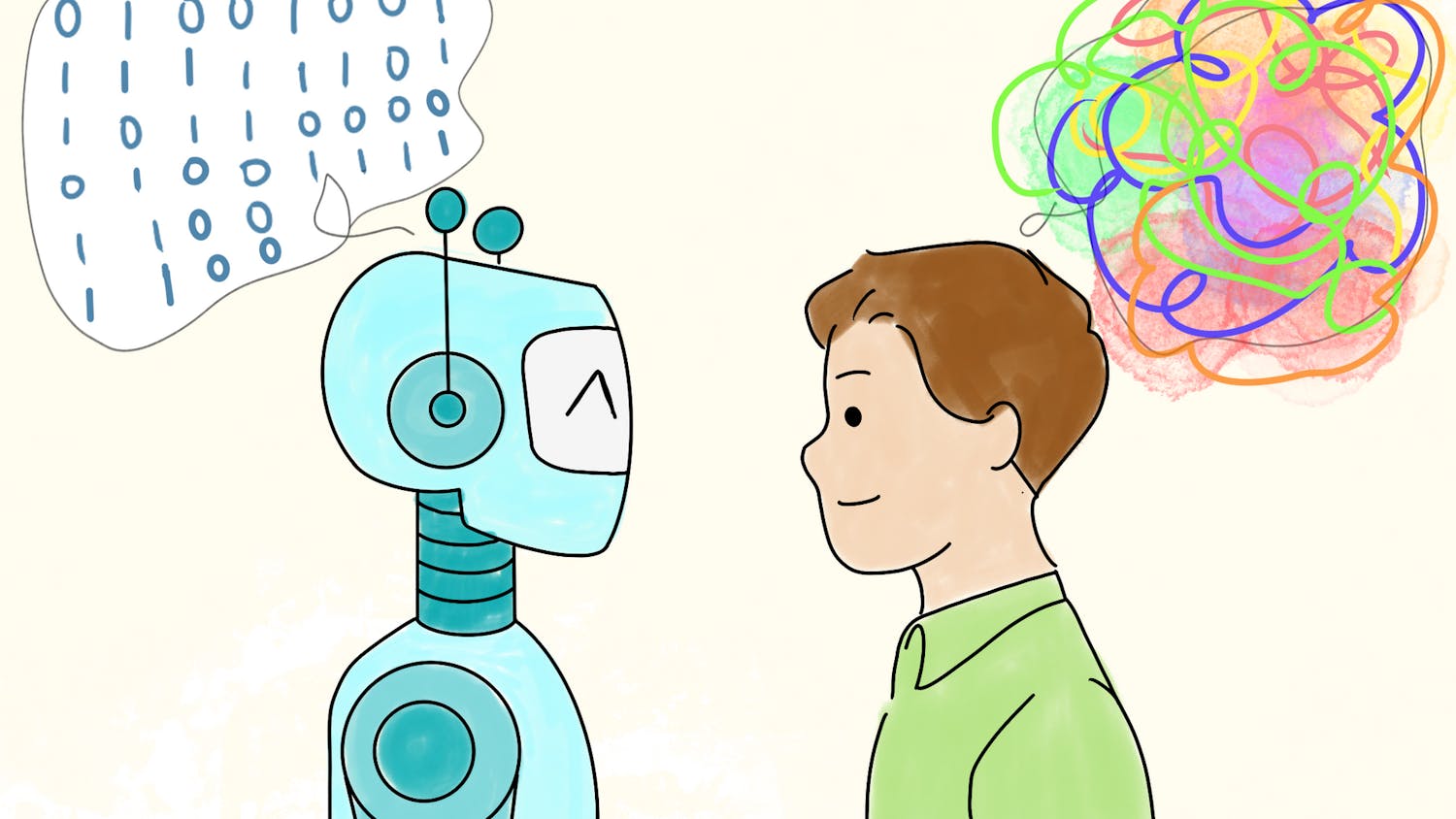There has been a lot of cacophony about artificial intelligence, specifically autonomous vehicles and the joblessness they could bring. There has also been a clamor to impose taxes on these autonomous technologies that could potentially change the world as we know it.
But could the results be completely contrary to our expectations? There is a possibility an autonomous future would help lower the unemployment and underemployment through providing better access to transportation to low-income households and localities.
Randal O’Toole, a Cato Institute senior fellow working on urban growth, public land and transportation issues, argues the current transport infrastructure is inefficient and has been insufficient in encouraging and facilitating the mobility of low-income individuals. This hinders jobs from reaching people.
“One recent study found that low-income people with cars have access to 30 times as many jobs as low-income people dependent on transit," O'Toole wrote in an article for the Cato Institute. "Transit riders must go where and when the transit goes, which often means less direct routes than they could drive."
O’Toole suggests rather than spending billions of dollars on infrastructure, it is more viable and effective to provide subsidies to the low-income individuals, in the form of vouchers, which will allow them to choose from wide-ranging transit options. Then it will be up to beneficiaries if they want to use those vouchers toward public transit, buying a car, or using ride-hailing and ride-sharing technologies.
But he also insinuates another potential and considerable problem would arise: automation would actually increase the congestion on the roads. This will not only put constraints on the environment but also flood existing infrastructure, exceeding its capacity.
If existing inefficient use of the current infrastructure and climatic constraints are the issues preventing us from curbing underemployment and unemployment in society, autonomous vehicles are the answer.
The New York Times dedicated its tech and design issue, “Life After Driving,” to envisioning the future in an era of autonomous vehicles. The piece does depict the future of transport and infrastructure to be far more advanced, expedient, economical and comfortable — enthralling, if not utopian.
Recently, David Levinson, a professor at the School of Civil Engineering at the University of Sydney, spoke with James Pethokoukis, for the Political Economy Podcast, an AEI podcast, about the future of infrastructure and transport. They envisaged a driverless future of transport and infrastructure where autonomous vehicles would allow people to be driven inches away from each other.
“There are things like that, but even at a simpler level, just imagine you’re using a driverless car to do the same kind of thing that you’re doing now — going from home to work and going shopping and things like that — it’s now not as onerous to do that because you could do something else instead paying attention to the driving task," Levinson said in the podcast.
When that happens, low-income individuals from areas inaccessible to public transport will be able to afford individualized autonomous transit and get to places where jobs are.
In December 2017 billionaire inventor Elon Musk found himself embroiled in controversy for disparaging public transport. He might be onto something. Musk espouses individualized transportation.
It will nonetheless be a more efficient way of connecting low-income citizens to opportunities they may otherwise be unable to reach by dwarfing the travel time, distance and cost. Musk even revealed his plans for launching his fully autonomous car-sharing service in the future where the autonomous vehicles will act as assets of value-creation, making money by hailing rides while the owner sits at home.
While this future is possibly decades away, today’s technologies and electric vehicles can assure a cheap and green way of revitalizing mobilization so the economy can reap optimum benefits from its human resources, hindered by mere dearth and ineptitude of the transit system.





